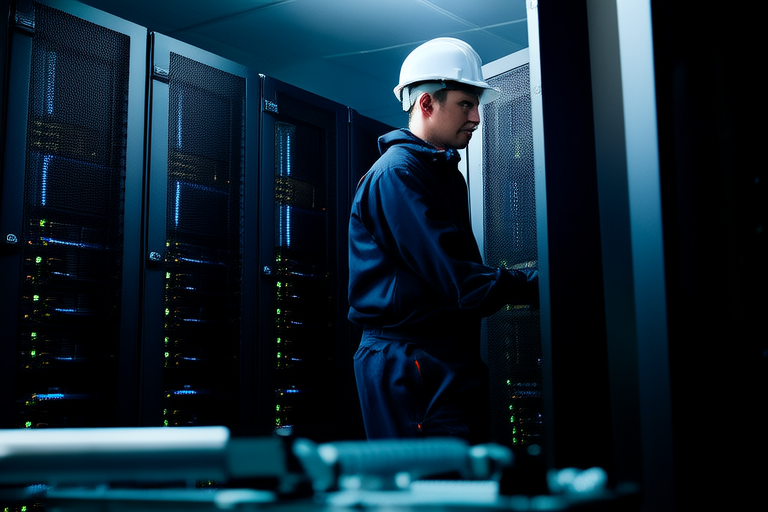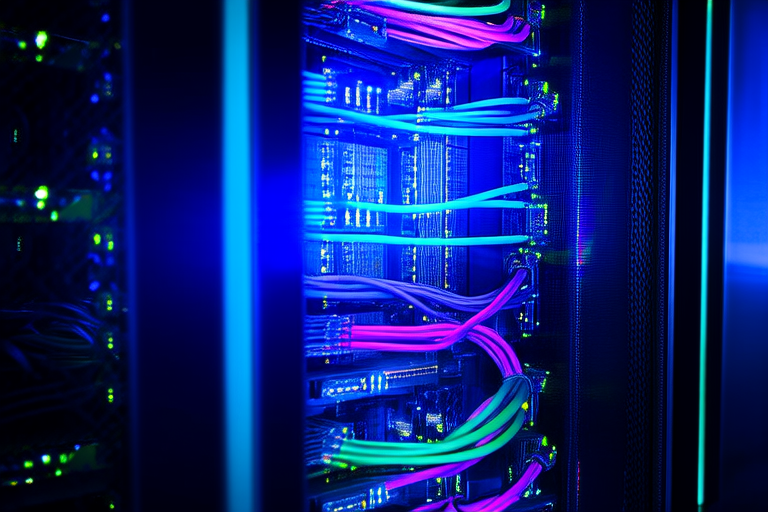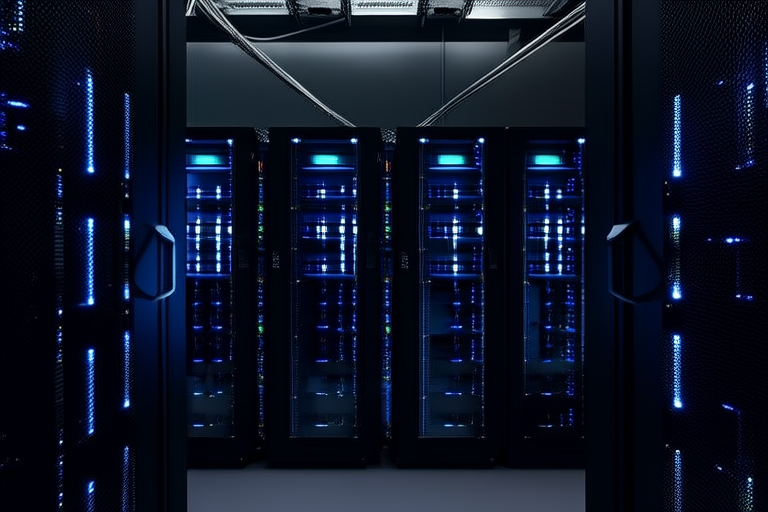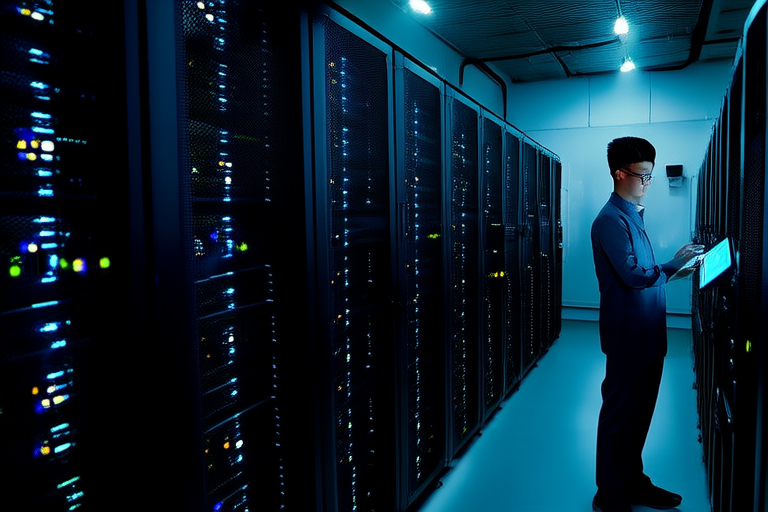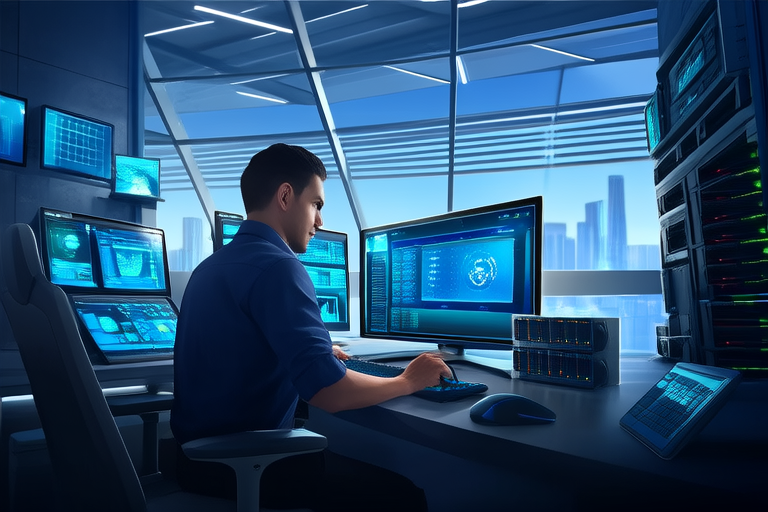Cloud Computing vs. Edge Computing: Which is Right for Your Business?
Introduction
In today’s digital-first world, businesses are increasingly relying on advanced computing technologies to streamline operations, enhance customer experiences, and drive innovation. Two prominent paradigms—cloud computing and edge computing—have emerged as key enablers of this transformation. While both offer powerful capabilities, they cater to different needs and scenarios. Understanding their differences, advantages, and limitations is crucial for businesses seeking to make informed decisions about their technology infrastructure. This article explores the concepts of cloud and edge computing, compares their features, and provides actionable insights into choosing the right solution for your business.
Understanding Cloud Computing
Cloud computing refers to the delivery of computing services—including storage, processing power, and applications—over the internet (“the cloud”) on a pay-as-you-go basis. Instead of owning and maintaining physical servers or data centers, businesses can access these resources from third-party providers like Amazon Web Services (AWS), Microsoft Azure, or Google Cloud Platform (GCP).
Key Features:
- Centralized Infrastructure: Data and applications are stored and processed in centralized data centers.
- Scalability: Resources can be scaled up or down based on demand, offering flexibility for businesses of all sizes.
- Cost Efficiency: Eliminates the need for upfront hardware investments and reduces maintenance costs.
- Global Accessibility: Users can access cloud services from anywhere with an internet connection.
Advantages:
- Highly scalable and cost-effective for handling large volumes of data.
- Enables collaboration and remote work through shared access to resources.
- Offers robust security measures provided by leading cloud service providers.
Limitations:
- Potential latency issues due to data traveling long distances to centralized servers.
- Dependence on internet connectivity; outages can disrupt operations.
- Data privacy concerns, especially when sensitive information is stored off-premises.
Understanding Edge Computing
Edge computing shifts data processing closer to the source of data generation, such as IoT devices, sensors, or local servers, rather than relying on distant cloud data centers. By processing data at the “edge” of the network, this approach minimizes delays and reduces bandwidth usage.
Key Features:
- Decentralized Architecture: Data is processed locally, near the point of origin.
- Low Latency: Reduces delays by minimizing the distance data must travel.
- Bandwidth Optimization: Processes only relevant data locally, reducing the load on central servers.
- Real-Time Processing: Enables immediate analysis and decision-making.
Advantages:
- Ideal for applications requiring real-time responses, such as autonomous vehicles or industrial automation.
- Reduces reliance on constant internet connectivity, enhancing reliability in remote areas.
- Enhances data privacy by keeping sensitive information localized.
Limitations:
- Limited scalability compared to cloud computing.
- Higher upfront costs for deploying and maintaining edge devices.
- Complexity in managing distributed systems across multiple locations.
Comparison: Cloud Computing vs. Edge Computing
To determine which technology suits your business, it’s essential to compare them across several critical factors:
1. Cost
Cloud computing offers a subscription-based model that eliminates significant upfront investments, making it cost-effective for businesses with fluctuating demands. In contrast, edge computing requires initial capital expenditure for hardware and infrastructure, though it may reduce operational costs over time by optimizing bandwidth and reducing latency-related inefficiencies.
2. Scalability
Cloud platforms excel in scalability, allowing businesses to dynamically adjust resources as needed. Edge computing, while highly efficient for specific tasks, is less flexible in scaling across diverse geographies or rapidly expanding operations.
3. Latency
Edge computing shines in scenarios where low latency is critical. By processing data locally, it ensures faster response times, which is vital for applications like real-time analytics or mission-critical systems. Cloud computing, however, may introduce delays due to the time required to transmit data to and from centralized servers.
4. Security
Both approaches have unique security considerations. Cloud providers invest heavily in securing their infrastructure, but storing sensitive data offsite can raise compliance and privacy concerns. Edge computing keeps data localized, reducing exposure to external threats but increasing the complexity of securing numerous distributed nodes.
5. Data Processing Needs
For businesses dealing with massive datasets or requiring extensive computational power, cloud computing provides unparalleled capabilities. Edge computing, on the other hand, is better suited for filtering, preprocessing, or analyzing smaller datasets in real time before sending relevant information to the cloud.
Use Cases: When to Choose Cloud or Edge Computing
Cloud Computing Use Cases
- E-Commerce Platforms: Handling high traffic volumes, storing customer data, and running analytics require the scalability and storage capacity of the cloud.
- Collaborative Work Environments: Tools like video conferencing, document sharing, and project management benefit from the accessibility and flexibility of cloud services.
- Big Data Analytics: Businesses leveraging machine learning models or performing complex analyses rely on the vast computational power of cloud platforms.
Edge Computing Use Cases
- Autonomous Vehicles: Real-time decision-making based on sensor inputs necessitates ultra-low latency, achievable only through edge computing.
- Smart Manufacturing: Industrial IoT devices monitoring equipment performance and automating processes operate efficiently with localized data processing.
- Healthcare Applications: Wearable health monitors and telemedicine solutions often depend on immediate data analysis to ensure patient safety and care quality.
Conclusion
The choice between cloud computing and edge computing ultimately depends on your business’s unique requirements and objectives. For organizations prioritizing scalability, cost efficiency, and centralized control, cloud computing remains the go-to option. However, those needing low-latency, real-time processing or operating in environments with limited connectivity will find edge computing indispensable.
Actionable Insights:
- Evaluate your business’s primary goals—whether it’s improving operational efficiency, enhancing customer experience, or driving innovation—and align them with the strengths of each technology.
- Consider hybrid solutions that combine the best of both worlds. For instance, use edge computing for real-time processing and cloud computing for long-term storage and analytics.
- Assess your budget, technical expertise, and existing infrastructure to determine feasibility and return on investment.
- Engage with IT consultants or experts to design a tailored strategy that addresses your specific challenges and opportunities.
By carefully weighing the pros and cons of cloud and edge computing, businesses can build a resilient, future-proof technology ecosystem that supports growth and competitiveness in an ever-evolving marketplace.
